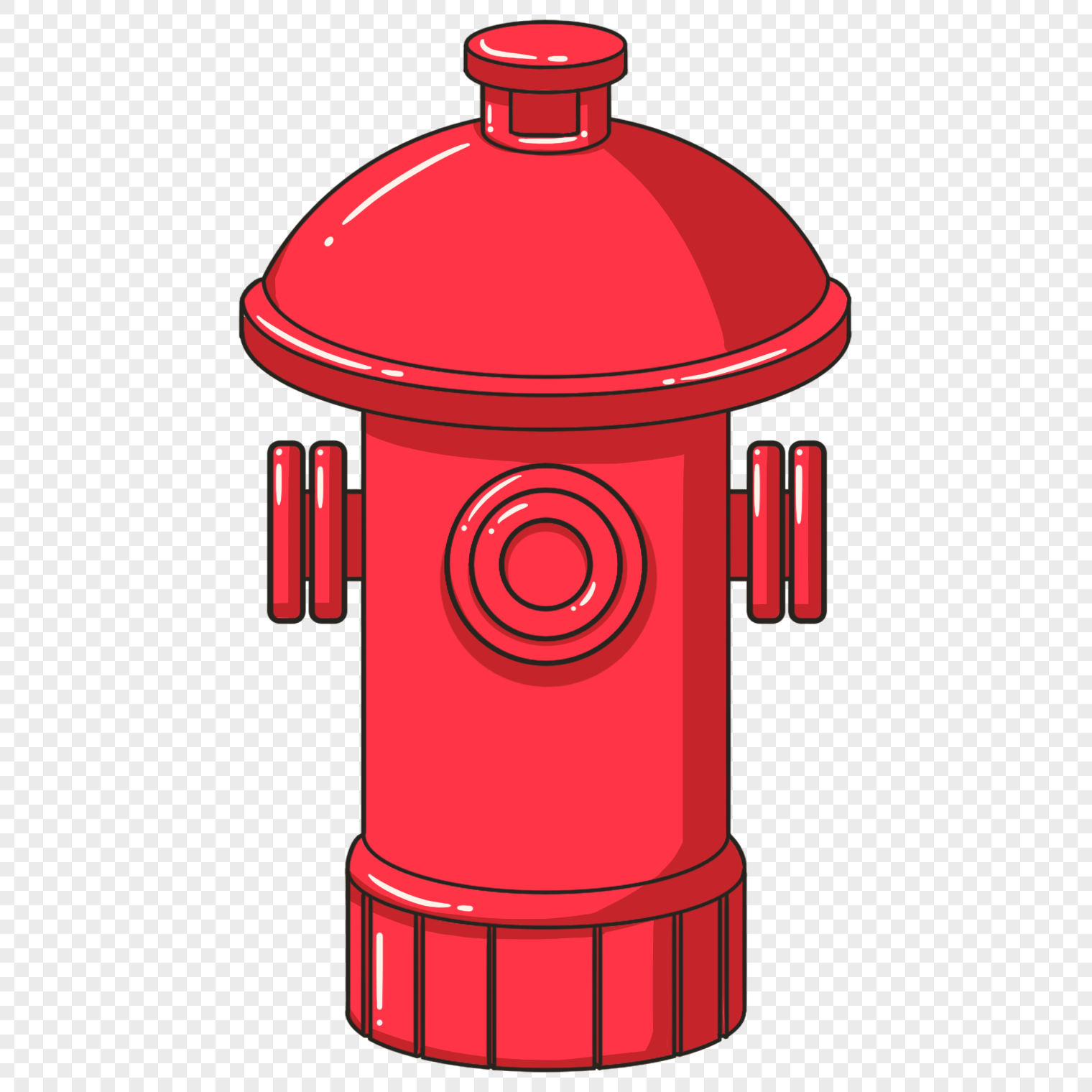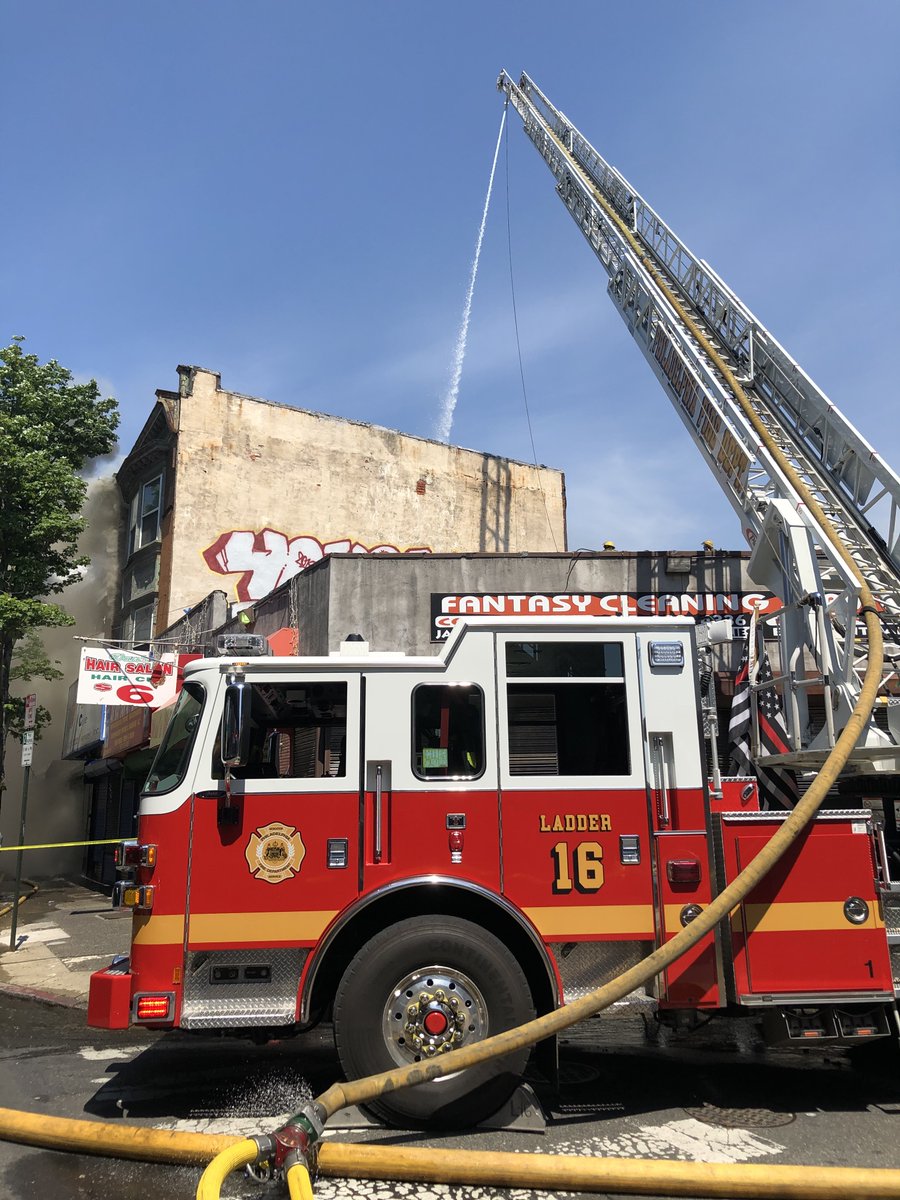
In the fierce battle to take Okinawa, of the 21,000 Japanese soldiers defending the island, 99% fought to the death rather than surrendered, and in the case of Okinawa it was 94%. On the Japanese side, the losses were considerable, and Japanese soldiers really did fight to the death rather than surrender. And almost a quarter of a million more were injured, and the war in the Pacific showed few signs of easing up, of becoming any less bloody. The United States had lost around 160,000 soldiers in the Pacific War, including 20,000 taking just the small islands of Iwo Jima and Okinawa. If you missed that, he said: "We have used it in order to shorten the agony of war in order to save the lives of thousands and thousands of young Americans.” We have used it in order to shorten the agony of war in order to save the lives of thousands and thousands of young Americans. Here’s President Truman saying exactly that: It will save American lives in the long run. The American rationale for dropping the atomic bomb was, on one level, a simple one. This resulted in the Manhattan Project in 1942, which resulted in the first atomic test in New Mexico in July of 1945, and then the first detonation of an atomic bomb a wartime enemy in August of 1945. When war broke out in Europe in 1939, there was increasing pressure in America to push forward and start work developing a bomb, as there was the very real fear that Hitler and the Nazis would be able to develop one first. With developments in nuclear fission–the process of actually splitting the nucleus to create a powerful reaction–the idea of creating an atomic bomb was moving from the theoretical to the possible. Since the 1930s scientists in Europe had hypotheses about the explosive and destructive power of atomic energy. To explore this subject further, let’s first remind ourselves of the background.

In short, should the United States have dropped the bombs? This was over three quarters of a century ago now, but ever since questions have been asked about whether the United States was justified in its use of the most powerful deadly weapons ever used on civilians. Shortly afterwards, Japan surrendered, and World War II was over.

It was a plutonium bomb with an explosive force of 21,000 kilotonnes, and together with its little brother, Little Boy", the two bombs killed anywhere from 130,000 to 230,000 people in the cities of Nagasaki and Hiroshima respectively. At the end of the last episode, part two, an American bomber had just dropped “Fat Man”, an innocent sounding object, on Nagasaki. In part two, we looked at what happened when the bombs were actually dropped on Hiroshima and Nagasaki, and in today’s episode, part three, we are going to talk about the aftermath of the atomic bomb, and look at some of the difficult ethical questions that the atomic bomb has raised. In part one we looked at the Manhattan Project and the creation of the bomb.
Bomba in english series#
I'm Alastair Budge, and today is part three of this three-part mini series on The Atomic Bomb. The show where you can listen to fascinating stories, and learn weird and wonderful things about the world at the same time as improving your English. Hello, hello hello, and welcome to English Learning for Curious Minds, by Leonardo English.


 0 kommentar(er)
0 kommentar(er)
